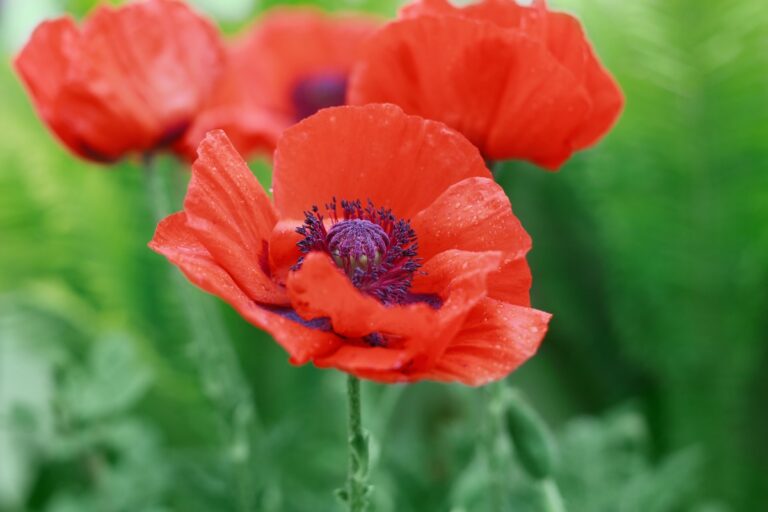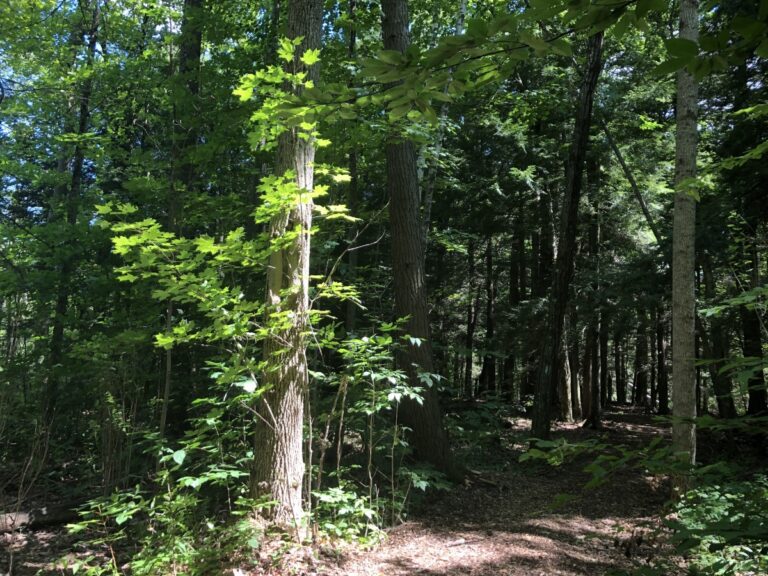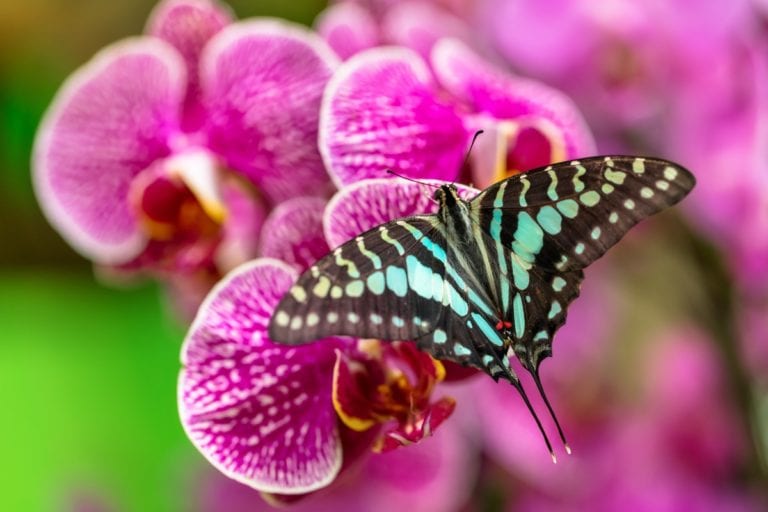Similar Posts

2021 January Audio Meditation
Our theme this year is “wholeness”. Throughout the year, we’ll explore the experience of acknowledging, appreciating, and experiencing what constitutes our individual experience of wholeness and, also, the wholeness of every earth-kin with whom we share this beautiful planet.
If you’d rather see this post on YouTube with images, here’s the link for that…

2023 May Meditation
This month, we expand the everyday relationships you have with the world around you. Imagine you go to a store–notice how it is to recognize that when you enter the store, you are immediately in relationship with it. You have joined the community of presences that comprises the store. Take a moment to offer gratitude and blessings to the store and to everything and everyone within it, acknowledging within yourself the inevitability of relatedness, of community, every time you move in and out of a particular space, be it a store, a park, a recreational environment, any building–anywhere at all…
Please remember never to listen to guided audio meditations while driving or using dangerous machinery.
If you’d rather see images of nature as you meditate, here’s link to the youtube version…

881st Week: Adapting with “Attitude Adjustments”
I just returned from a week away for vacation. I was at an all-inclusive spa-type location, surrounded by the beauty of nature. On the third evening there, a powerful thunderstorm came through, some said bringing it with it a “small tornado”. The storm brought down three transformers in the area, so all the power flicked out in a moment and didn’t return for a bit over 24 hours.
The loss of power ended every imaginable kind of activity and the employees at the resort were really quite creative and focused in coping with the loss of power, especially around how they managed a kitchen that needed to feed three meals a day to a lot of people.
An immediate effect of the power outage was the dwindling power in every kind of gadget. Because of this, many of us searched for the few outlets that were connected to the generators and this led to a group of five of us hanging out in a room that had four connections wired into the floor. Sitting together for several hours, we discovered new friendships we wouldn’t have had time to create had the power not gone out.
All this got me to thinking about the powerful impact of the choices we make when faced with challenging or disappointing circumstances—although, admittedly, this was a challenge of privilege and not a challenge of survival or even of need. I started thinking about the importance of being willing to have an “attitude adjustment” when faced with unexpected developments, and that awareness demonstrated how our attitudes generate the filter through which we experience and interpret our world and our experience.
Read More “”
722nd Week: One Person Can Make A Difference
I recently saw a brief video about a man in Brazil who, through his focus and efforts over many years, restored a rainforest to an area that had lost its vegetation and water. As I watched the video, it reminded me of something that many people think is only fantasy but that, for me, is an ever-present reality. In my mind, this man was guided by Nature’s Intelligence to plant vegetation in a process that spontaneously returned water to the region where he lives. Here’s a link to his brief, inspiring documentary: https://www.youtube.com/watch?v=ndWyBU9mWlM
The other thing this video brought to mind is how powerful one person’s daily commitment and activities can be. During all the years this man planted vegetation on his land, his neighbors didn’t understand why he was doing so, and yet—through his persistence in heeding the call he felt from the land—he restored an entire ecosystem one small act at a time. For me, this speaks to the ways in which each of us can play an active role in caring for, and restoring, our world. Read More “722nd Week: One Person Can Make A Difference”